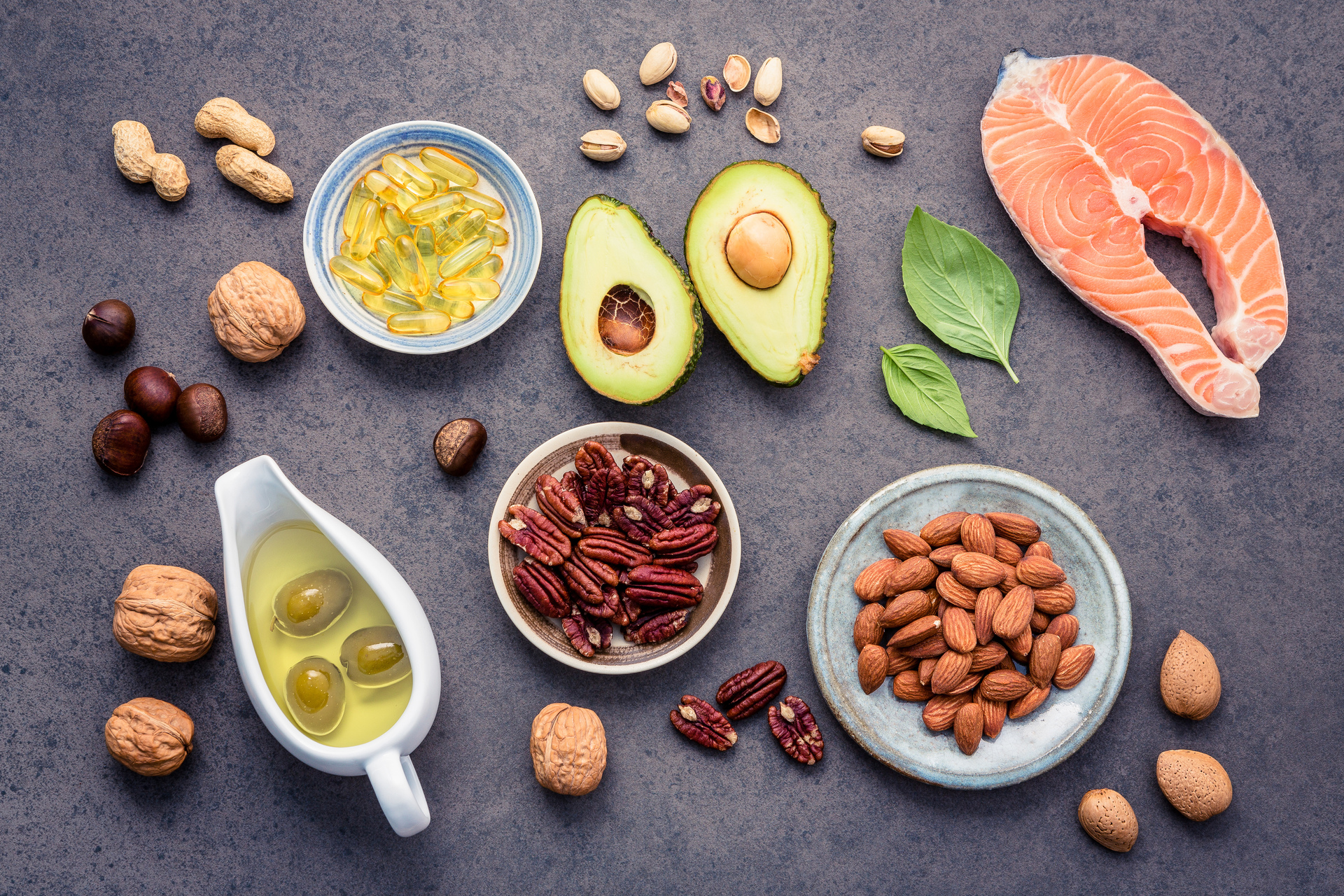From Source to Table: Consumers Crave Food Transparency More Than Ever
Food choices have become a hot topic of discussion these days and at the same time, a very sensitive issue given the wide variety of takes on the matter. People are flooded with an overwhelming amount of information and advice on what, when and how they should eat and are finding it ever more difficult to make sense of modern food narratives, especially when many of them are in direct contradiction with one another.
The fact that we’re living in an increasingly globalized world and we can source our food from nearly every corner of the planet makes matters even more complicated. Back in the day, when modern technologies and digitalization were not yet part of the picture, the majority of people had to settle for eating locally-grown produce. Nowadays, one can find avocados from Mexico, tomatoes from China, papaya from Brazil, coconuts from Indonesia, or pineapples from India in any local European supermarket.
While food accessibility and variety give people the possibility to eat a more diverse diet and create custom nutritional plans that suit their personal needs, there’s no denying that it also poses a series of issues, and food transparency seems to be at the forefront of consumers’ concerns these days. With ingredients being sourced from all over the world and passing through several hands until they reach the end consumer in their final form, most people have no idea where their food comes from or how it got to their plate, but their focus seems to be shifting in this direction.
So, it’s not just the ingredient list that’s under more intense scrutiny lately, but also the origin of these ingredients. People want to know if the almonds in their milk come from an organic nuts producer or if they are sourced locally. These seem to be the questions and trends that are shaping the shopping experience today and driving changes in the food and beverage industry.
Why food transparency matters
The transparency of the food supply chain hasn’t always been such an important topic of interest for consumers. People used to care more about food affordability and accessibility and less about the origin of products. But if you go into any grocery store or supermarket these days, you’ll see that most shoppers are carefully inspecting product labels, searching for information on the ingredients they contain, nutritional values and country of origin. So, what exactly has prompted this shift in consumer behavior and how has food transparency come to play such an important role in the purchase process?
The covid pandemic was certainly a catalyst in this respect by shining a light on the inefficiencies of the global supply chain during a time when concerns surrounding health and food security were at their highest. People were already growing more aware of the impact that their dietary decisions have on their mental and physical health and were trying to make more conscious choices even before the health crisis hit.
But the events of the pandemic intensified these trends after it brought to the surface issues regarding food shortages, delays in overseas transportation, inability to adjust factory operations to shifting demands and so on. This stressed the importance of having a more transparent supply chain that would allow businesses activating in the food industry to become more resilient when met with a crisis.
Consumer’s interest in health and wellness continued to grow after the pandemic. People realized that it’s up to them to take control of their health journey, and diet plays a key role in living a healthier life. But in order to improve their diets, they have to do more serious research and gain a better understanding of how the ingredients they consume are produced, and that brings us back to food transparency.
Another aspect that has come to the public’s attention in recent years is compliance with food safety regulations. We all know that not all food is created equal. That’s why countries around the world have put clear regulations in place on the labeling of food items, providing consumers with all the necessary information on the products they purchase. A more transparent supply chain can make it easier for businesses to navigate compliance issues for food safety and give consumers peace of mind knowing that the foods they buy are safe to consume.
Ultimately, food transparency is also linked to environmental protection. It’s a known fact that food production has a significant impact on the planet, which is why many food suppliers like ofi are working to reduce their environmental impact. And a big part of their effort is concentrated on ensuring transparency and communicating how their products are grown and where they come from, so consumers know exactly what they’re paying for.
The solutions businesses are bringing to the table
The increased focus on food transparency in recent years has prompted businesses in the sector to search for innovative solutions that can benefit all parties. RFID labels have become one of the most widespread technologies in this respect. These tiny labels contain a small computer chip that transfers data about a product when scanned with an RFID reader.
Leveraging blockchain technology for supply chain management has also been gaining ground lately. As a distributed decentralized open ledger, the blockchain can provide an immutable record of information related to a product as it travels through the supply chain, ensuring transparency and traceability.
Food sensors are making their way into the industry as well. They can be used to track and record the origin and condition in which perishable foods move across the supply chain so consumers can get a bird’s eye view of each product’s journey.
With transparency playing a key role in the food industry at the moment, we can expect businesses to invest heavily in this area and come up with many other innovative solutions in the years to come.

